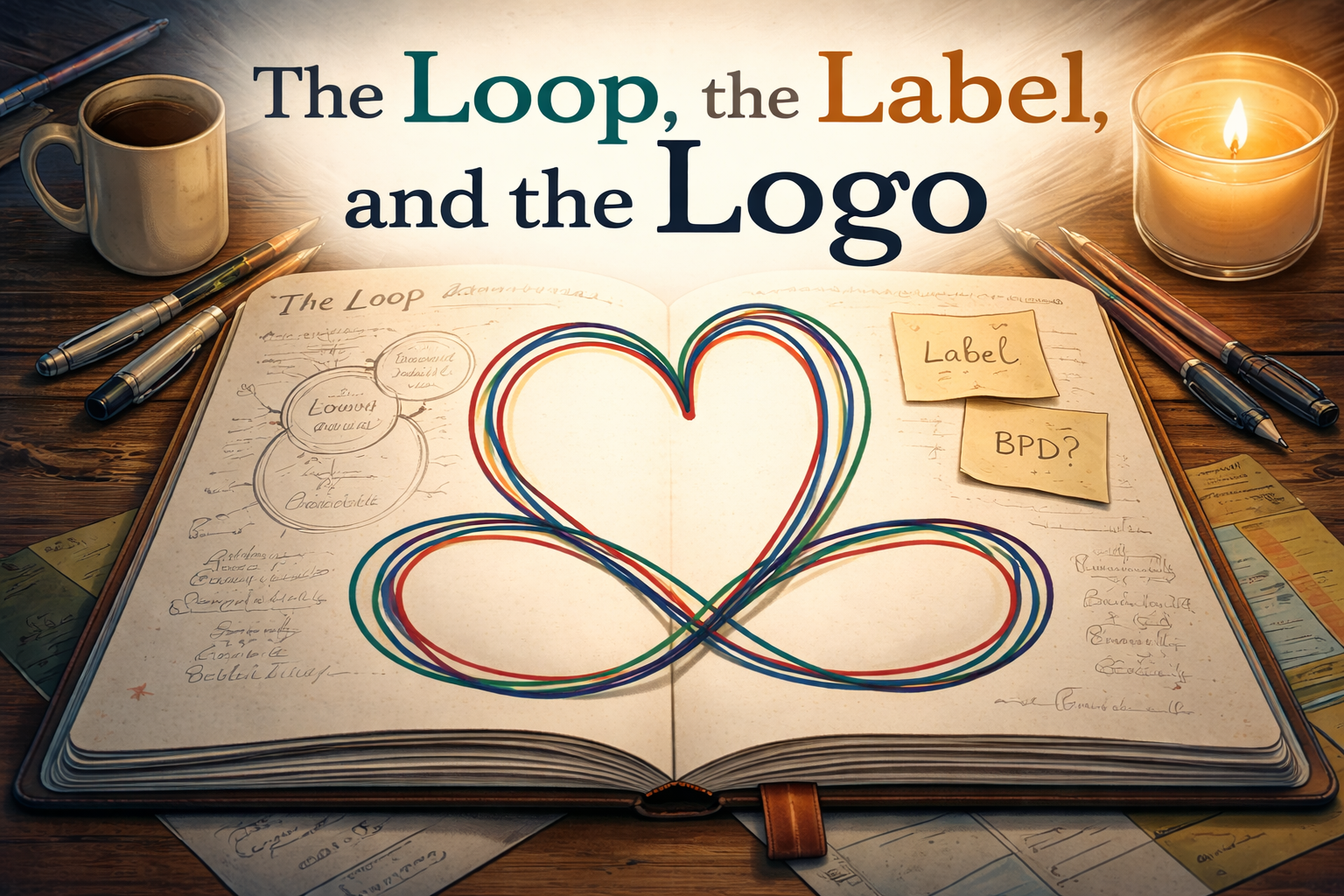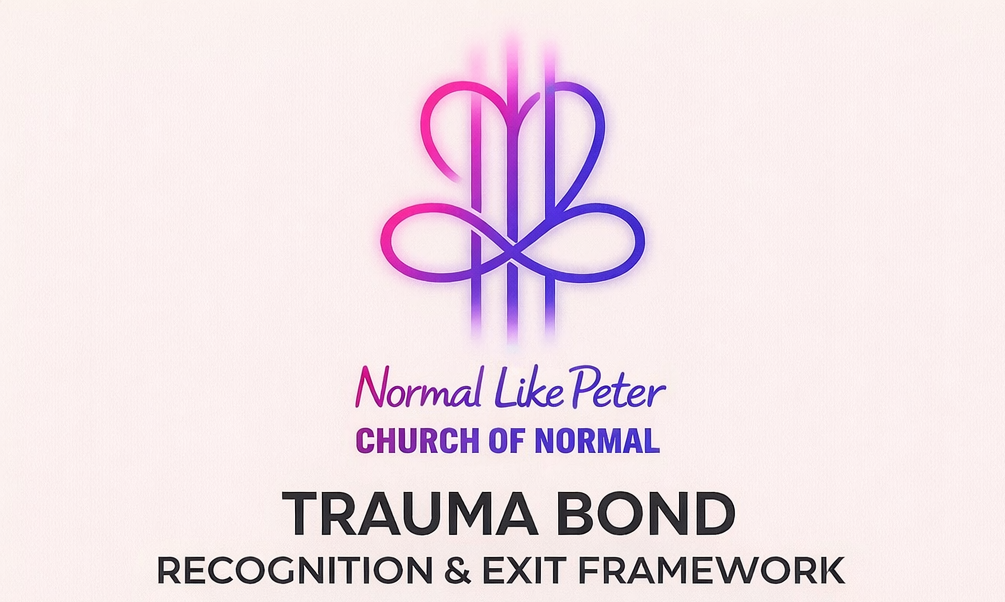What Happens When Your Mind Deletes to Survive?
There are moments when emotions become too overwhelming—when stress, grief, or dysregulation reaches a breaking point. For some of us with CPTSD (Complex PTSD), the brain has a built-in emergency shut-off switch, something I call the deletion protocol.
This isn’t just forgetfulness. It’s a protective dissociative response, where the mind instinctively erases emotional records to escape distress.
- Deleting all text messages from a painful conversation
- Ripping up journal entries or project plans
- Throwing away important reminders or records
In the moment, this feels like control—like finally cutting off the loop of stress. But later? It can lead to memory gaps, self-doubt, and regret.
Why Does This Happen? (The CPTSD Lens)
Our brains are wired for survival, and CPTSD rewires how memory works. Instead of storing events neatly in a timeline, traumatic or highly emotional experiences get dumped into the limbic system—the part of the brain that governs emotions, not logic.
That’s why:
✅ Something that happened yesterday can feel distant or inaccessible.
✅ But something painful from years ago can feel fresh and inescapable.
The deletion protocol happens when the distress signal overloads the system, forcing the brain into fight-or-flight mode. Instead of just regulating emotions, the mind demands a full reset.
The Attachment to “Nuke Events”
I’ve noticed a pattern in my own life:
- A Stressful Event Happens – Maybe an argument, an overwhelming day, or a feeling of isolation.
- Dissociation Kicks In – I feel distant, foggy, unable to process what’s happening.
- The Urge to Delete – The thought surfaces: If I erase this, the stress will go away.
- Adrenaline Hits – Right before hitting delete, I feel a rush. My body knows this is a final action.
- The Immediate Relief – The stressor is gone. My brain says, See? No problem now.
- Later… the Confusion – I realize I’ve deleted something important. But I can’t remember exactly what, so my brain fills in the blanks with self-blame and shame:
- Did I ruin something?
- Did I hurt someone?
- Does everyone secretly resent me, and I just don’t remember why?
It’s a loop. A self-protective mechanism that sometimes saves me from emotional pain but also sabotages my ability to hold onto meaningful things.
When Is the Deletion Protocol Helpful vs. Harmful?
✅ Helpful: When it severs toxic connections or stops self-harm cycles.
❌ Harmful: When it erases things I value—journals, creative work, records of important conversations.
One recent example was my final closure with a past relationship. I kept getting drawn back into a cycle of texts—kind words followed by stressful discussions that made my nervous system flare up. Instead of continuing the loop, I deleted all messages and fully cut the tie.
In that case, the deletion was a true closing of the door, a way to stop re-entering a cycle that was harming me.
But I’ve also deleted:
- Blueprints for creative projects
- Journals tracking my healing
- Important ideas I’d wanted to build on
Those moments were not about closure—they were about dysregulation winning. And when I came back to myself later, I regretted it.
How to Work WITH Your Brain Instead of Against It
If you relate to this, you’re not broken. Your brain is doing exactly what it was wired to do—protect you. But you can create systems that help prevent the destructive side of this pattern.
1. The 24-Hour Delay Rule
If you feel the urge to delete, wait 24 hours before doing it.
- Put the messages in an archive instead of deleting.
- Move notes into a “decide later” folder.
- Give yourself time to make a decision from regulation, not distress.
2. Backups Before Deletion
Even if you don’t want to look at it, save it somewhere first:
- Email messages to yourself with a vague subject like “Stuff I don’t want to look at right now.”
- Keep a locked “Do Not Delete” folder for journals and project ideas.
3. Journal Your Reasons Before Deleting
Before wiping something out, write a summary of why you want to delete it.
- Later, even if the original thing is gone, you’ll have context.
- If it was a healthy choice, you’ll remember why.
- If it was dysregulation, you’ll see the pattern and be able to course-correct.
4. Make a “Matt Can’t Delete This” Folder
For things that truly matter—business plans, journals, creative projects—create a space that is protected from your impulsive “nuke events.”
- Maybe password-protect it.
- Maybe set up an auto-backup system that prevents permanent loss.
5. Challenge the “Everyone Hates Me” Thought
When you have memory gaps, your brain fills them in with worst-case scenarios.
- But here’s the truth: People don’t hate you for things you forgot.
- If someone is upset, they will tell you.
- More often than not, you’re the only one keeping the score.
Final Thoughts: This Isn’t Just Forgetting—It’s Survival Wiring
The deletion protocol is something I’ve lived with for years. I know it won’t disappear overnight. But now, I see it for what it is:
A fight-or-flight response, not a personal failure.
By putting safety nets in place, I’m learning to protect myself from my own survival instincts. To allow closure when needed but also preserve the things that matter.
So if you’ve ever hit delete, ripped up notes, or thrown away something you later regretted—know this:
💙 You’re not broken.
💙 Your brain was doing what it thought was best in the moment.
💙 And you can learn to work with yourself instead of against yourself.
You’re not alone in this. And that means there’s hope.




